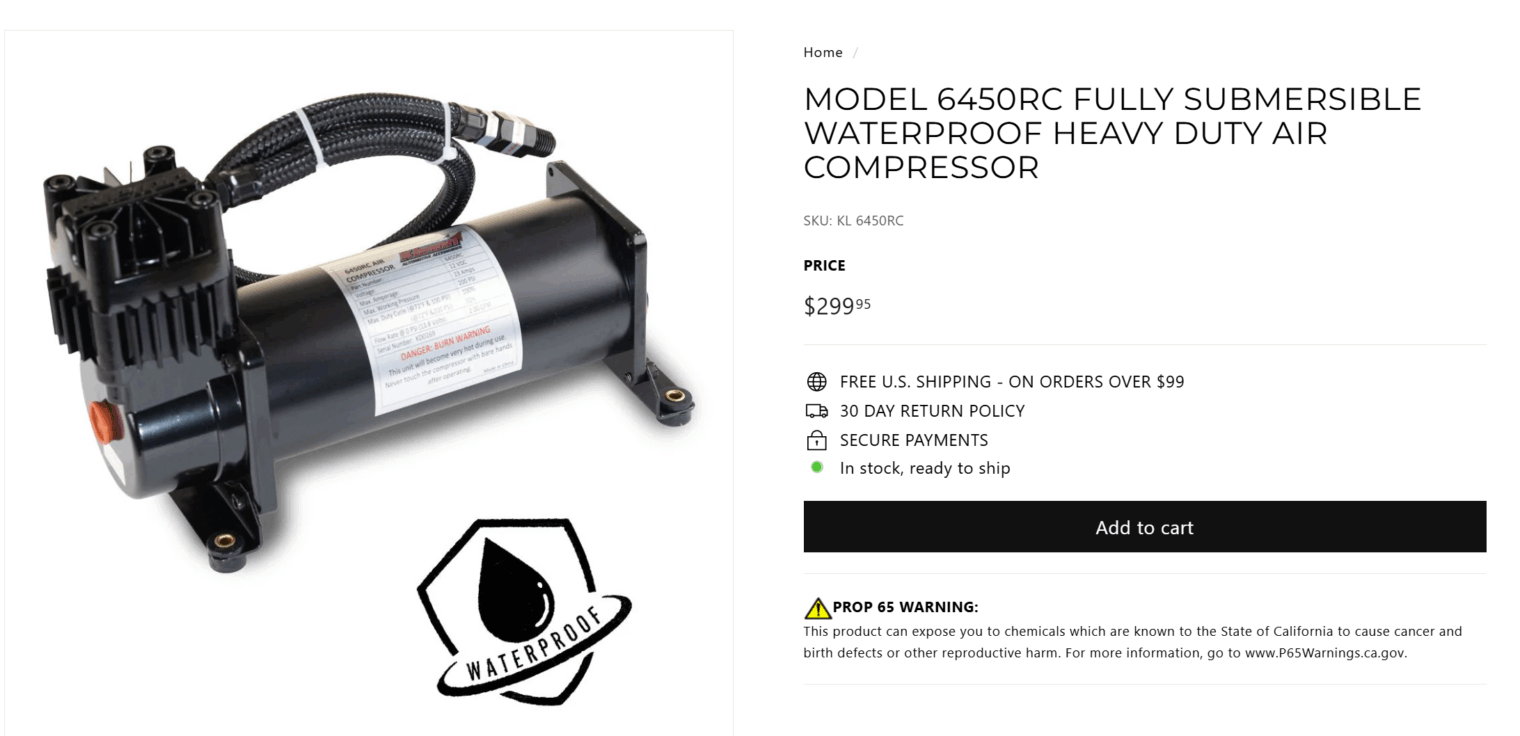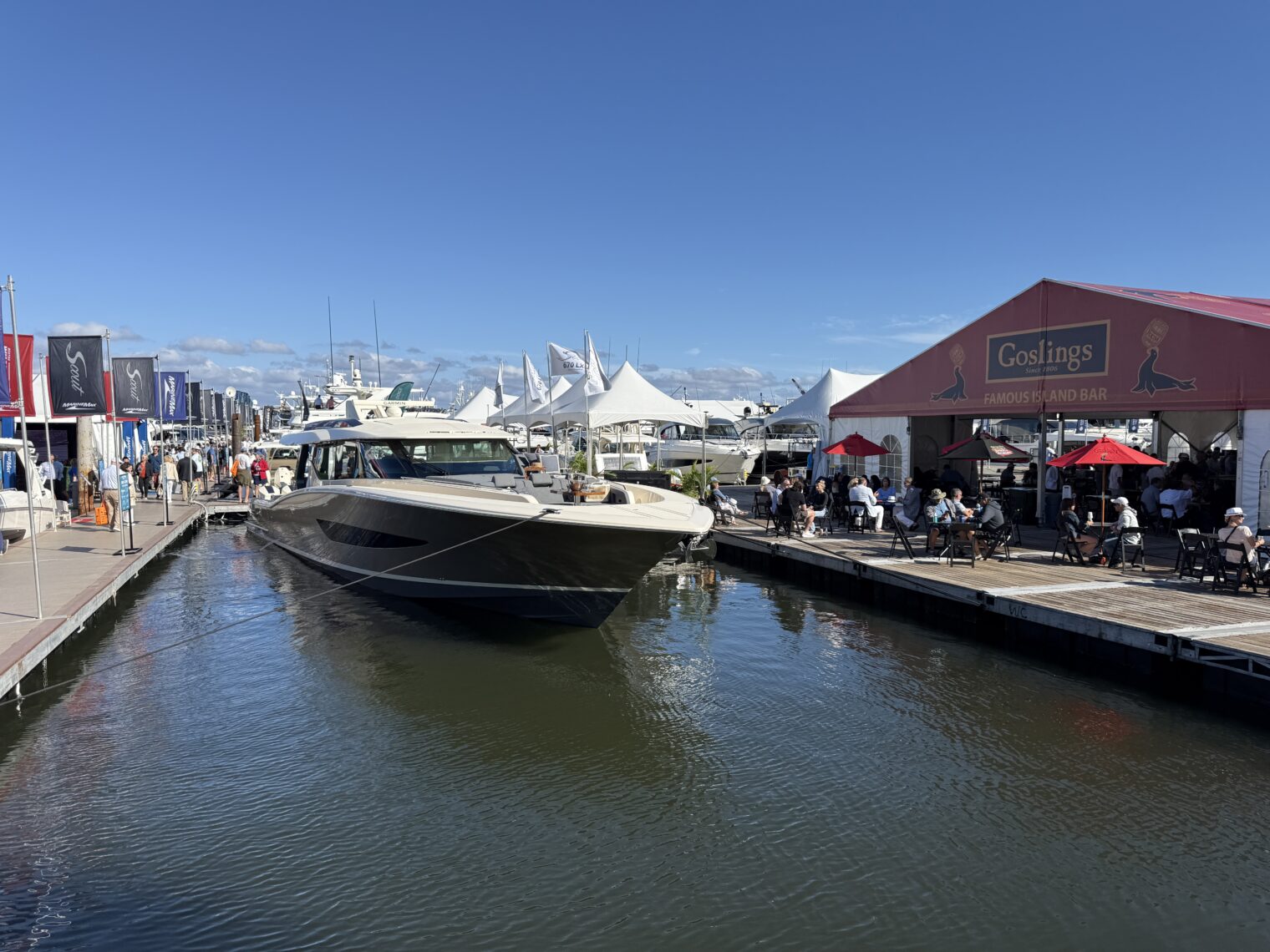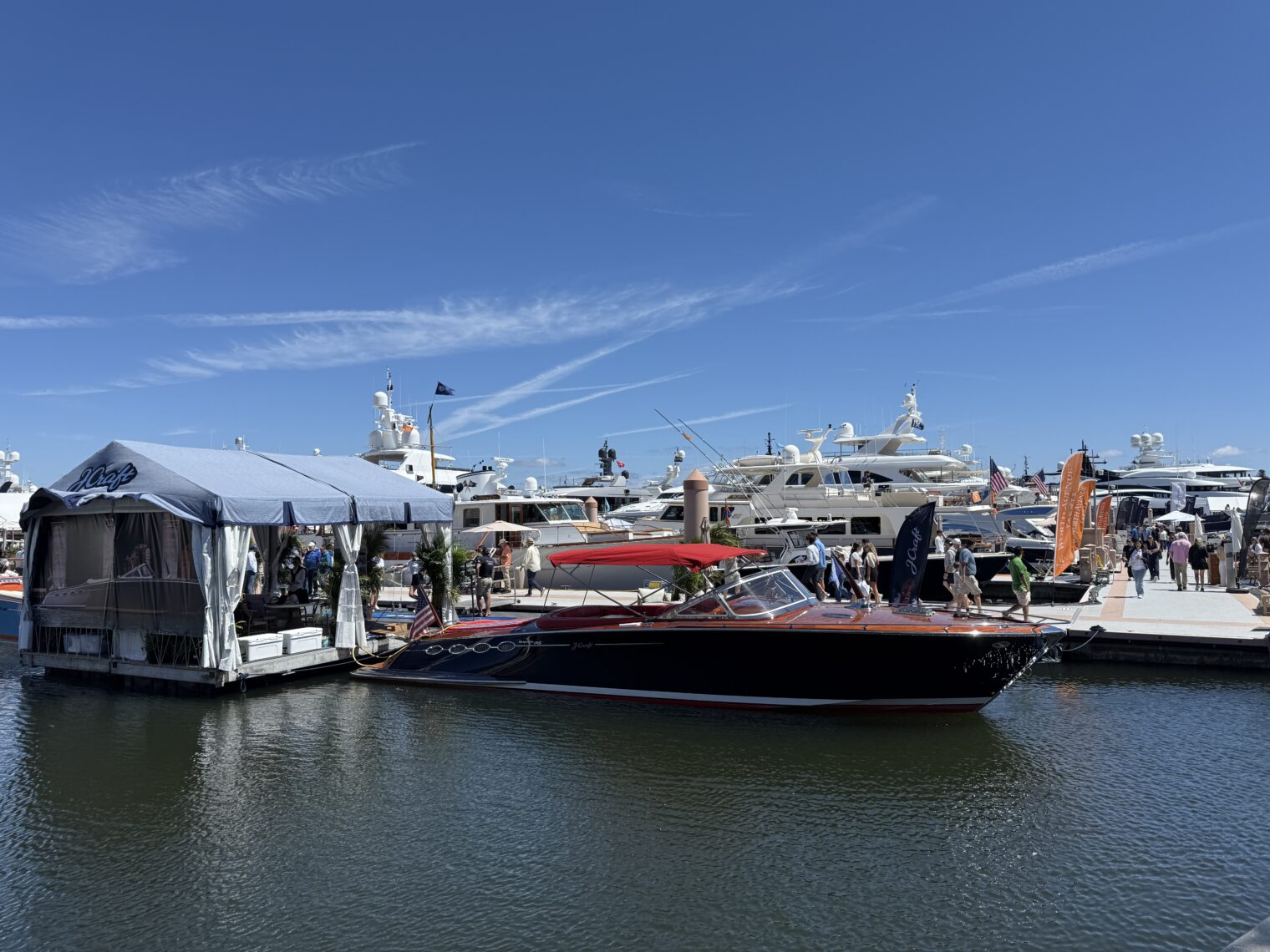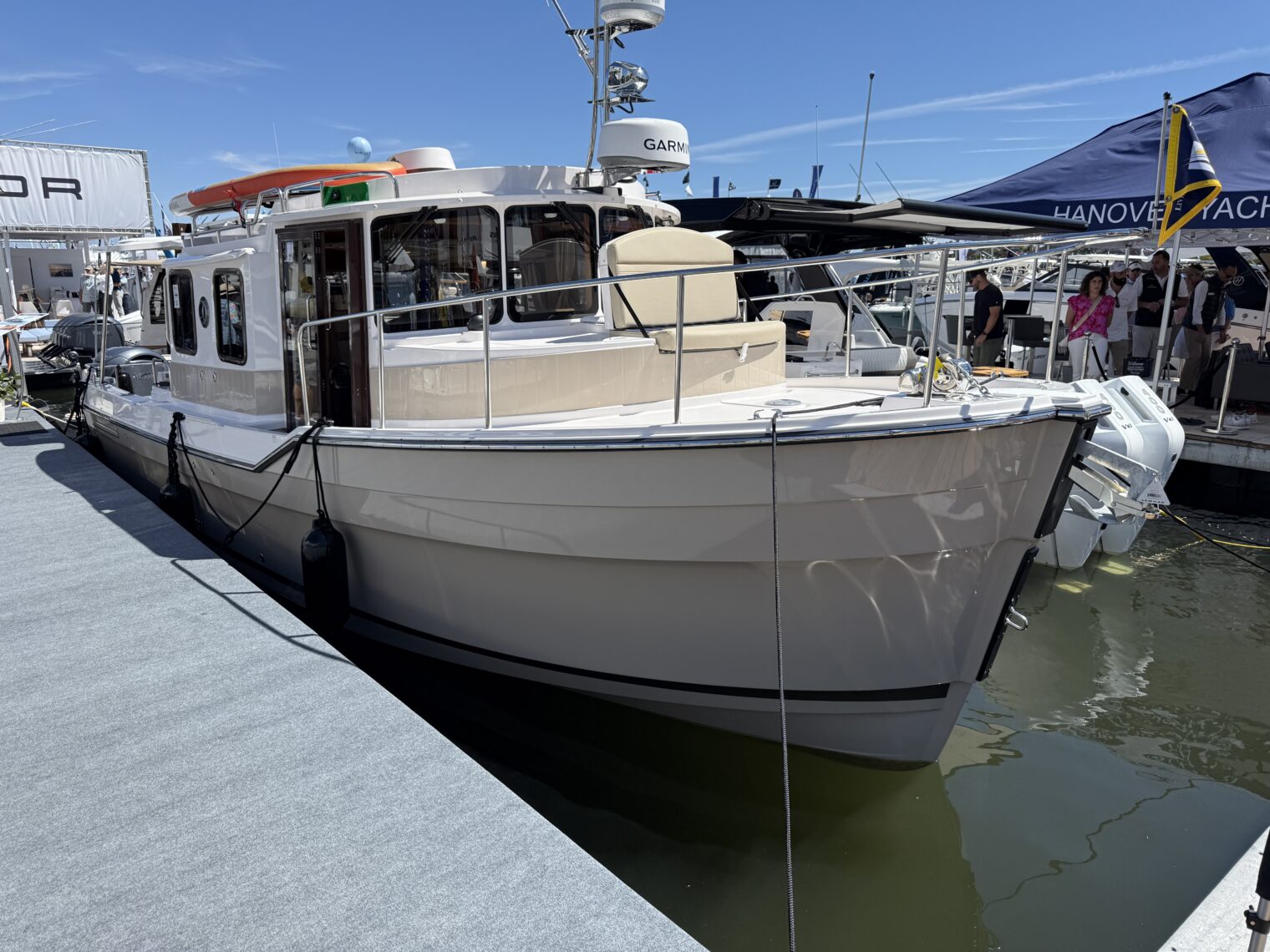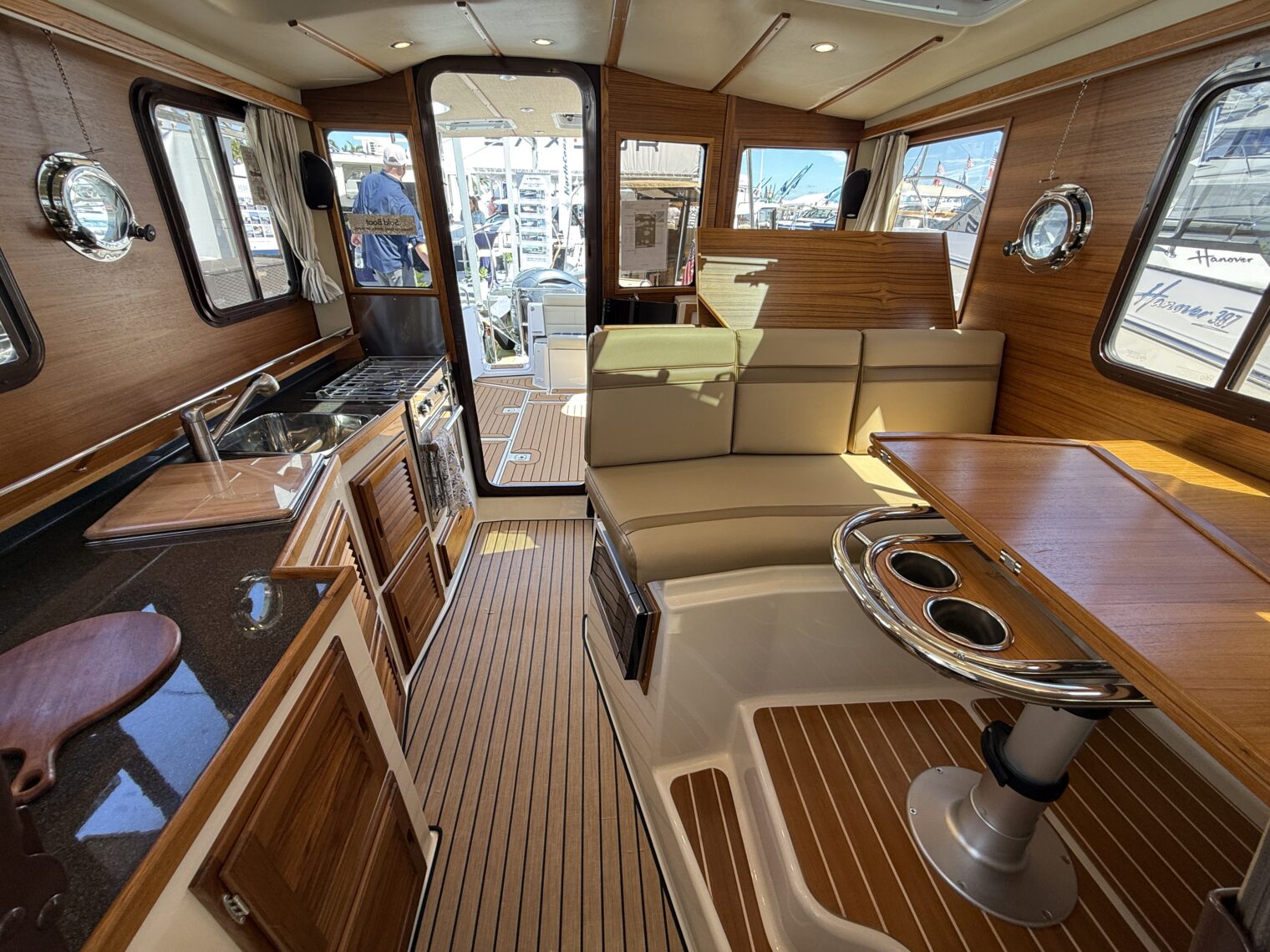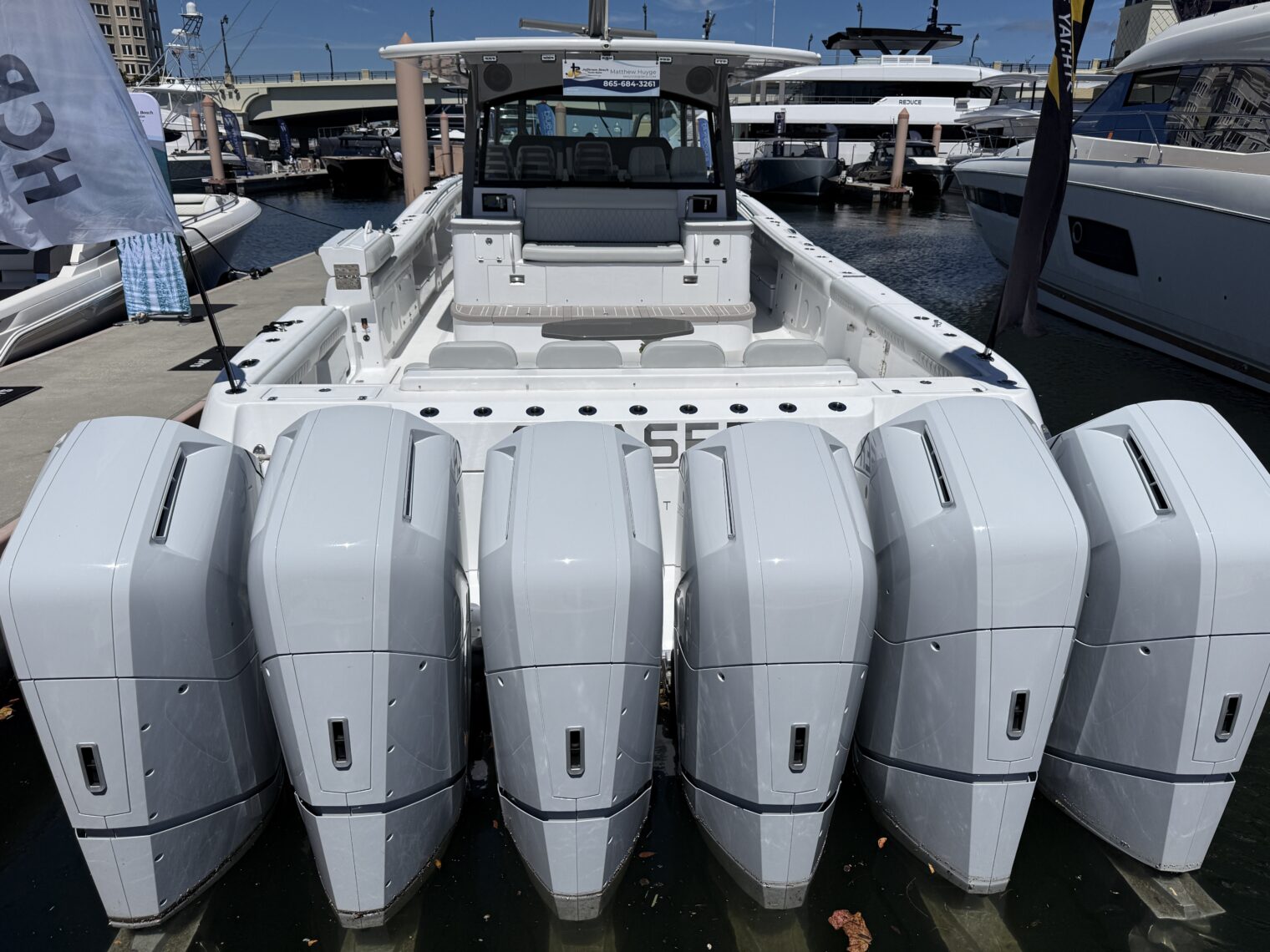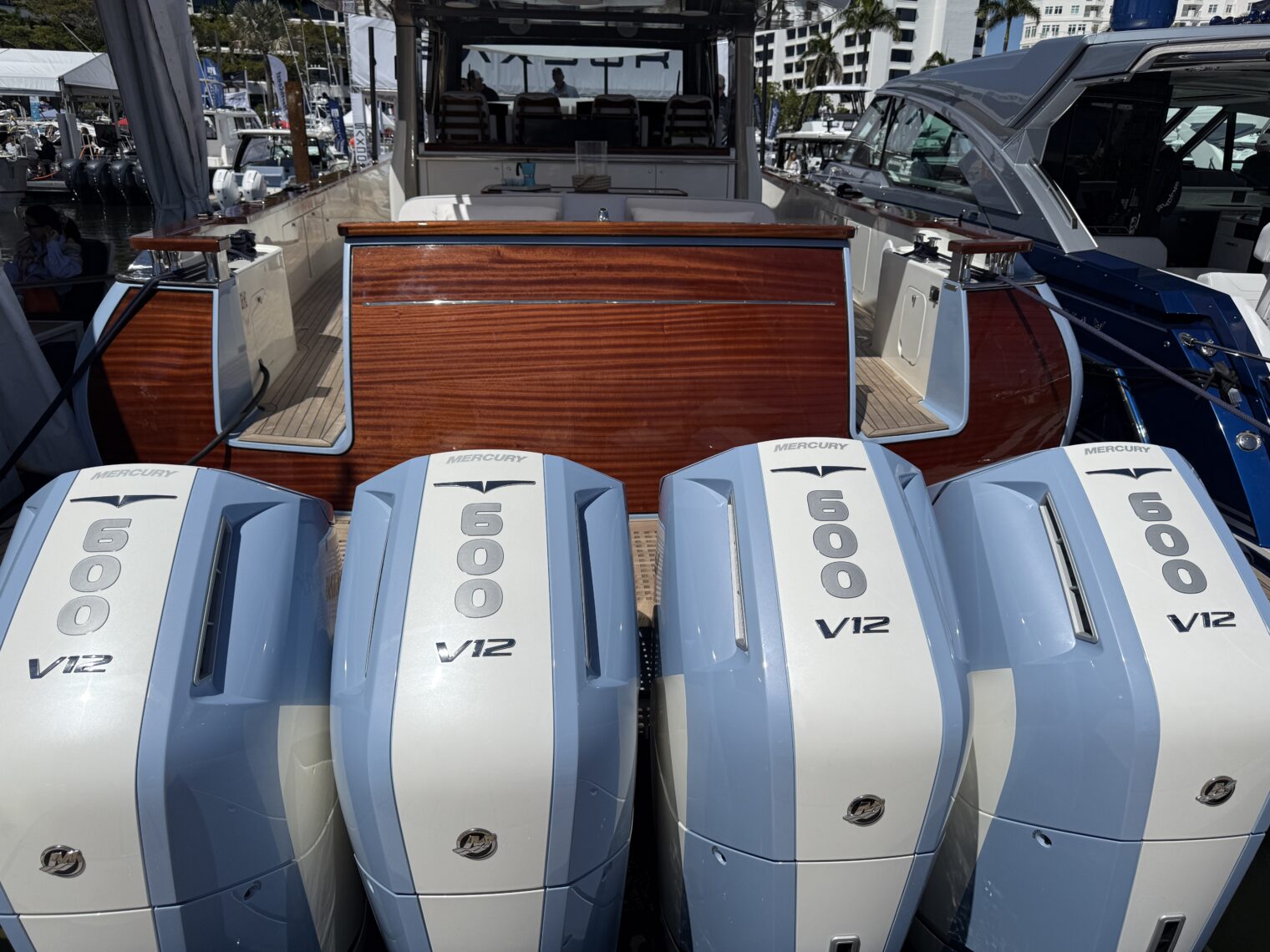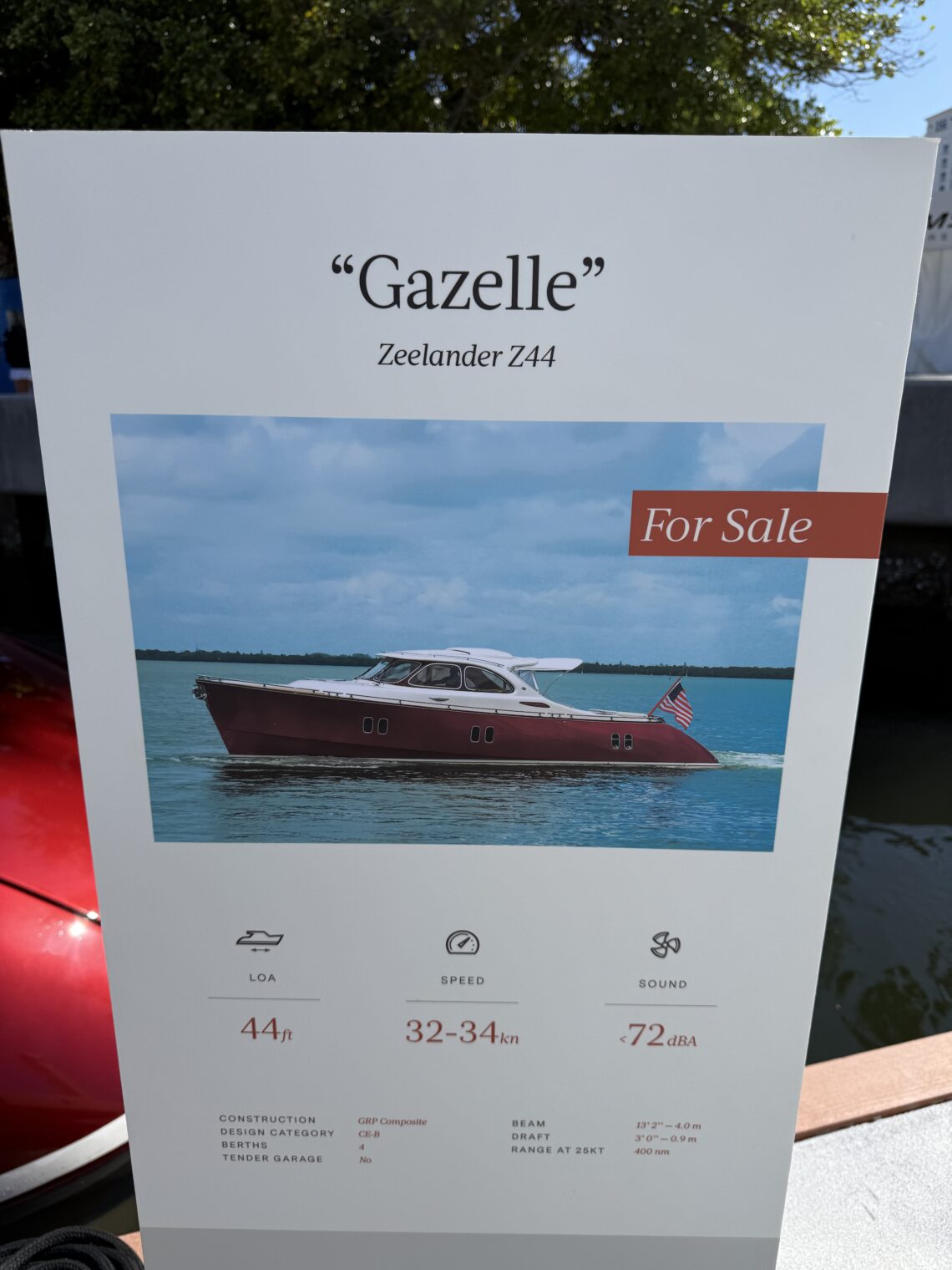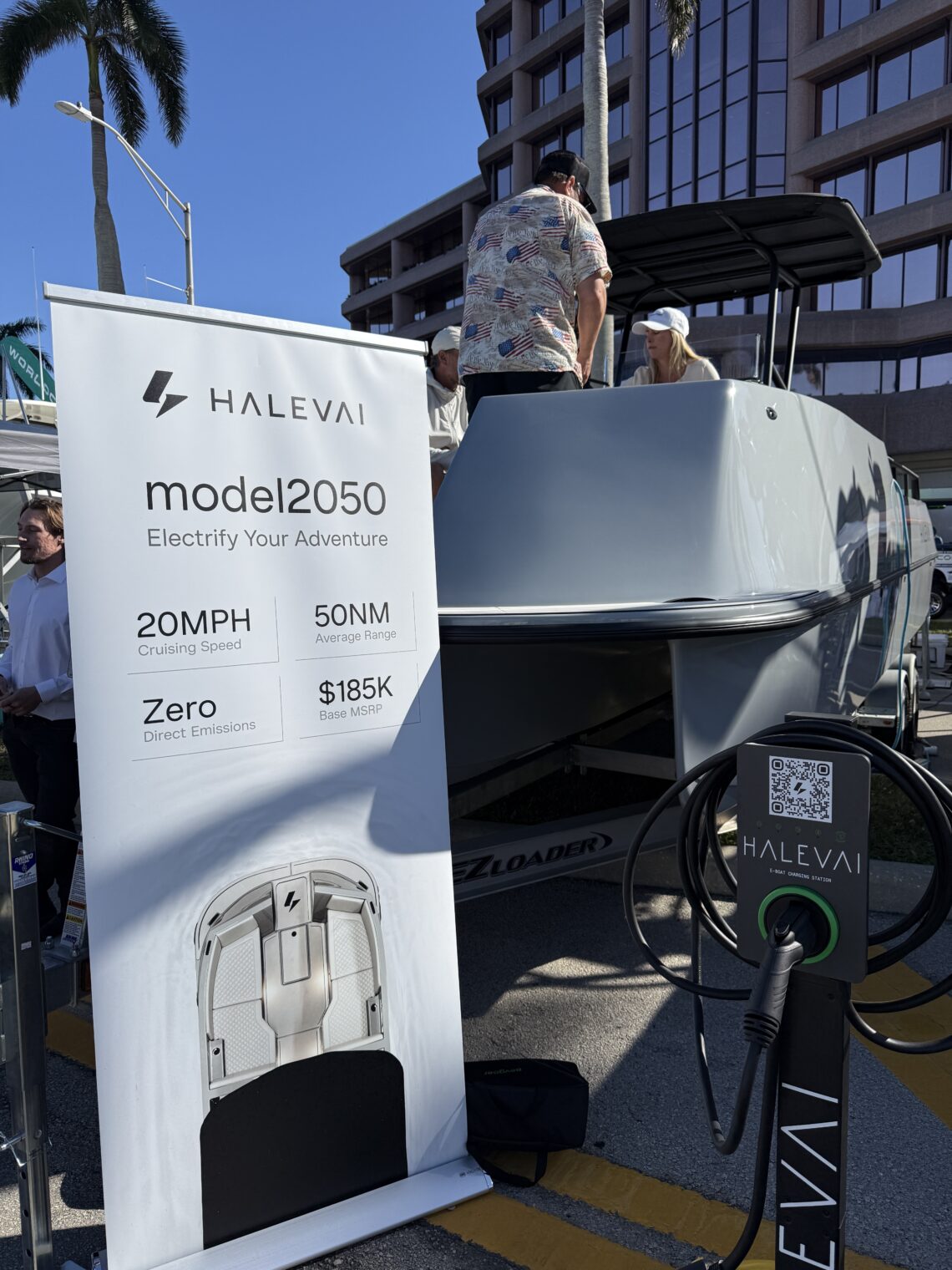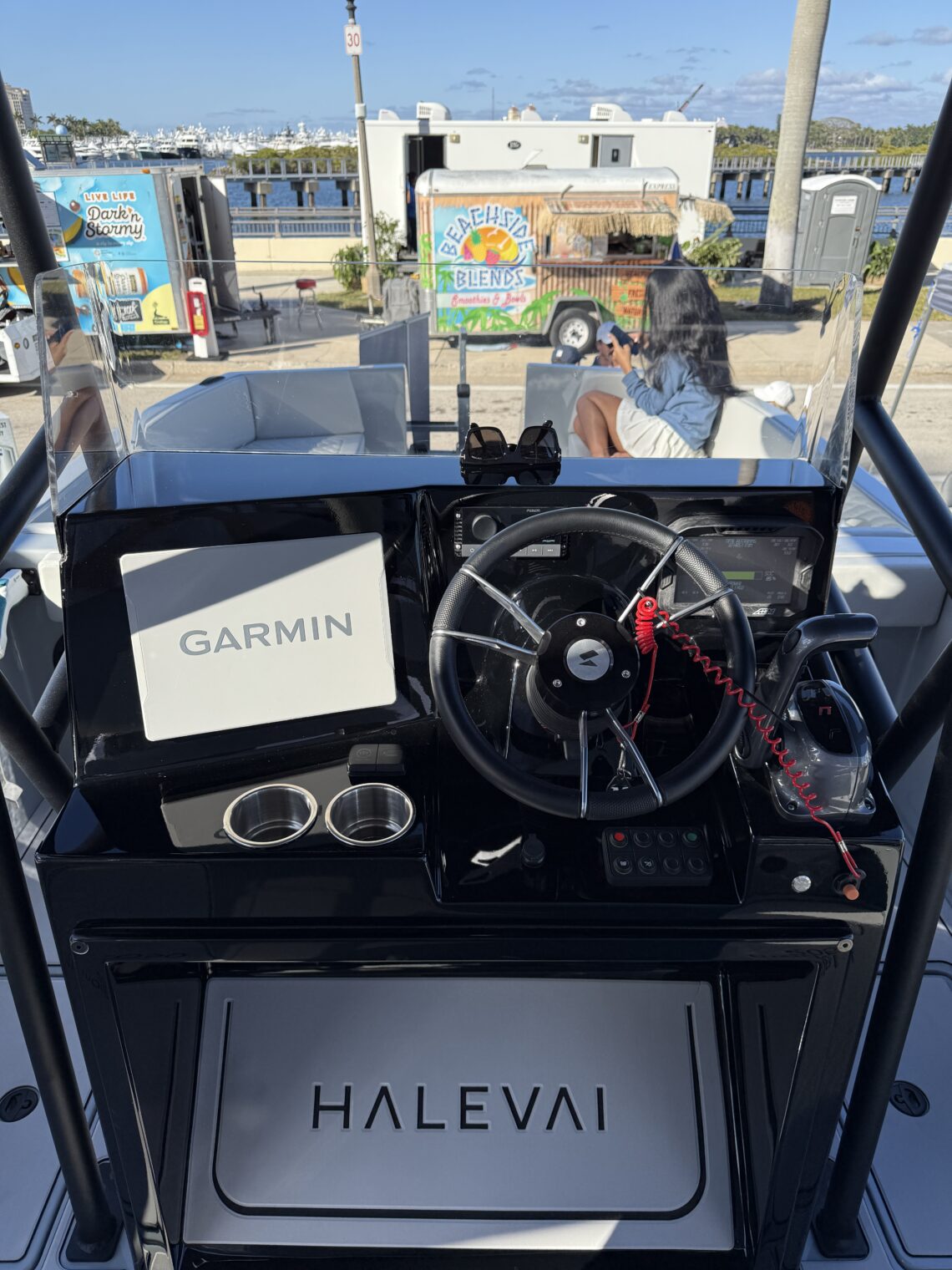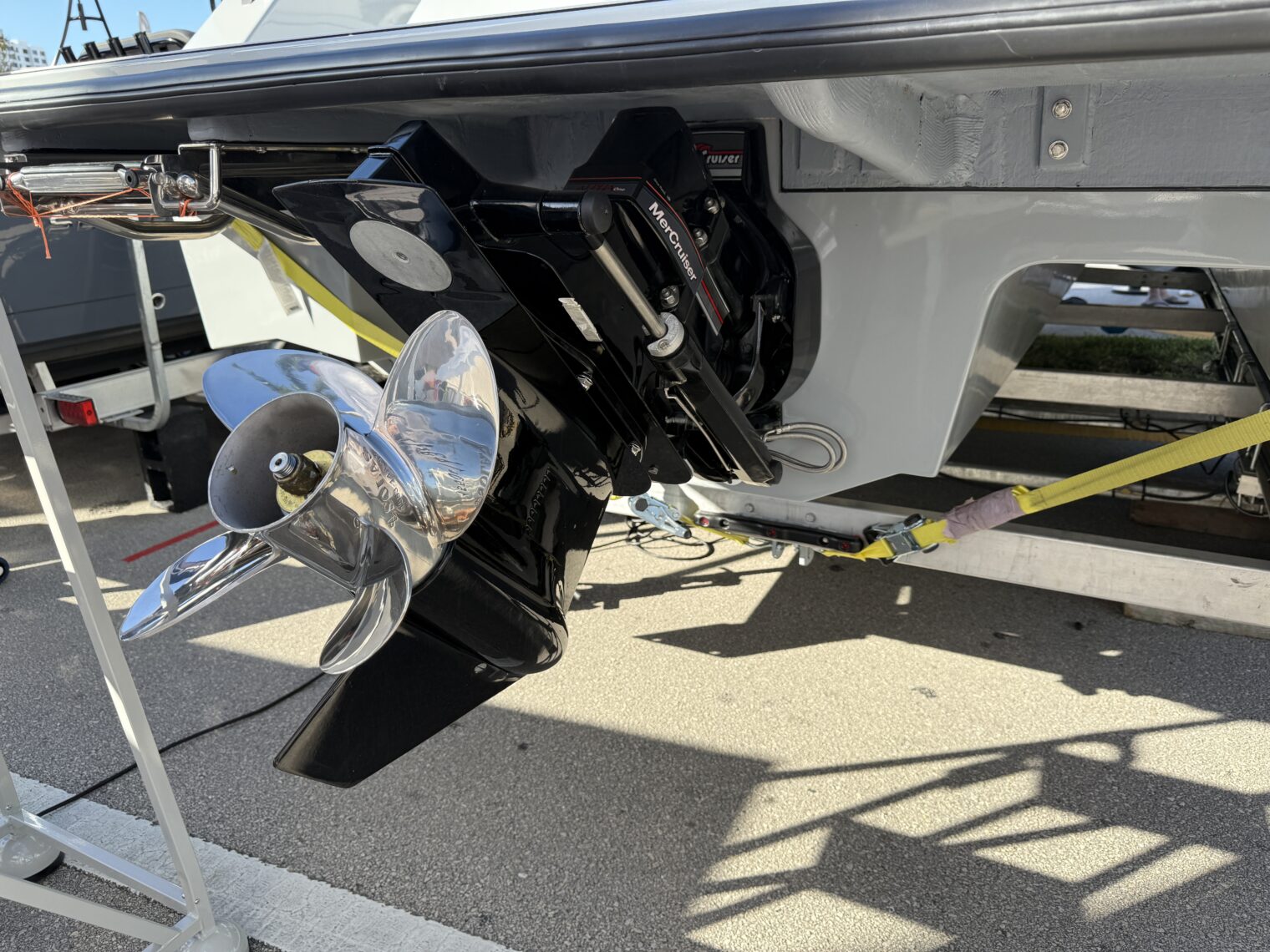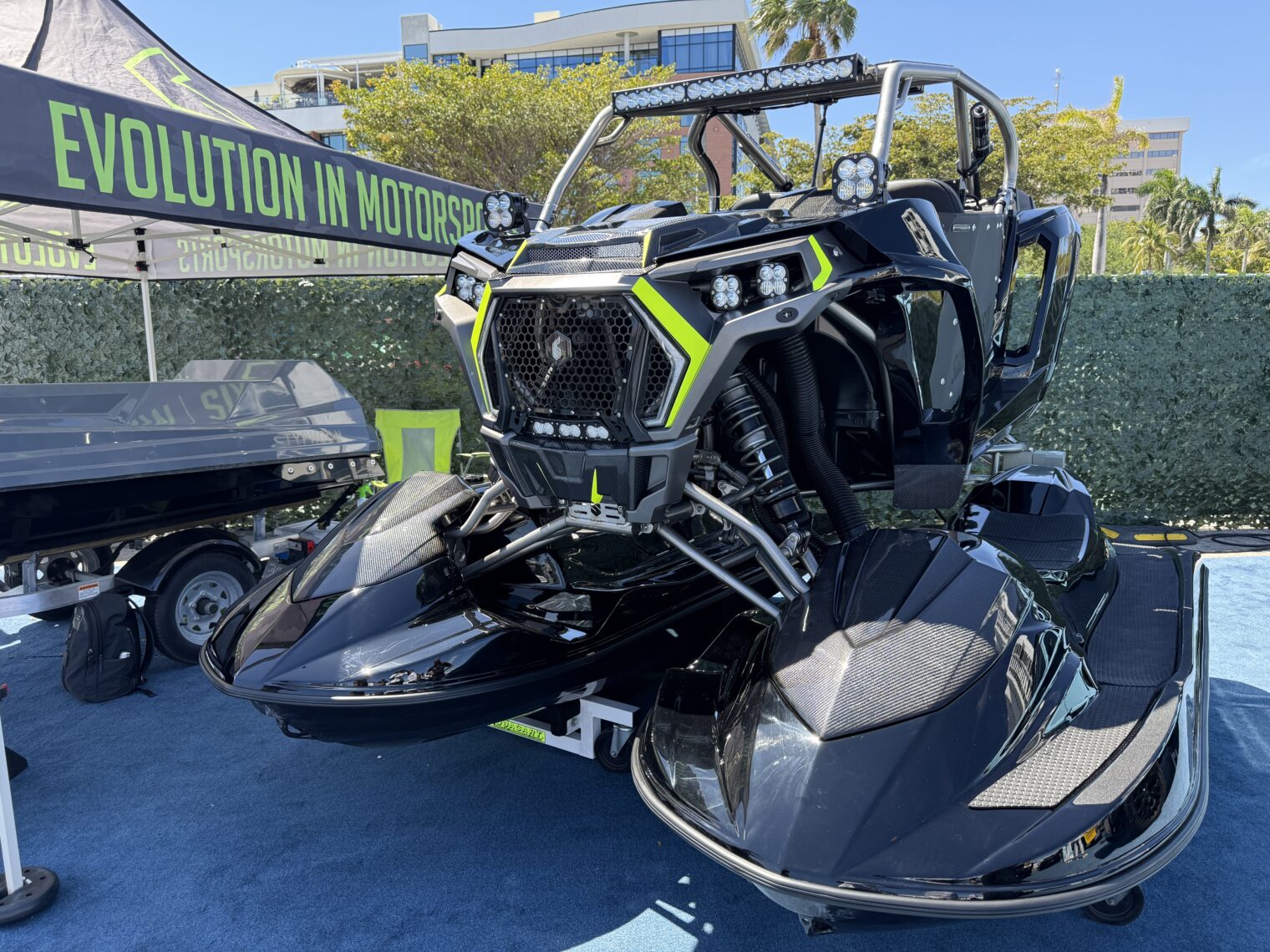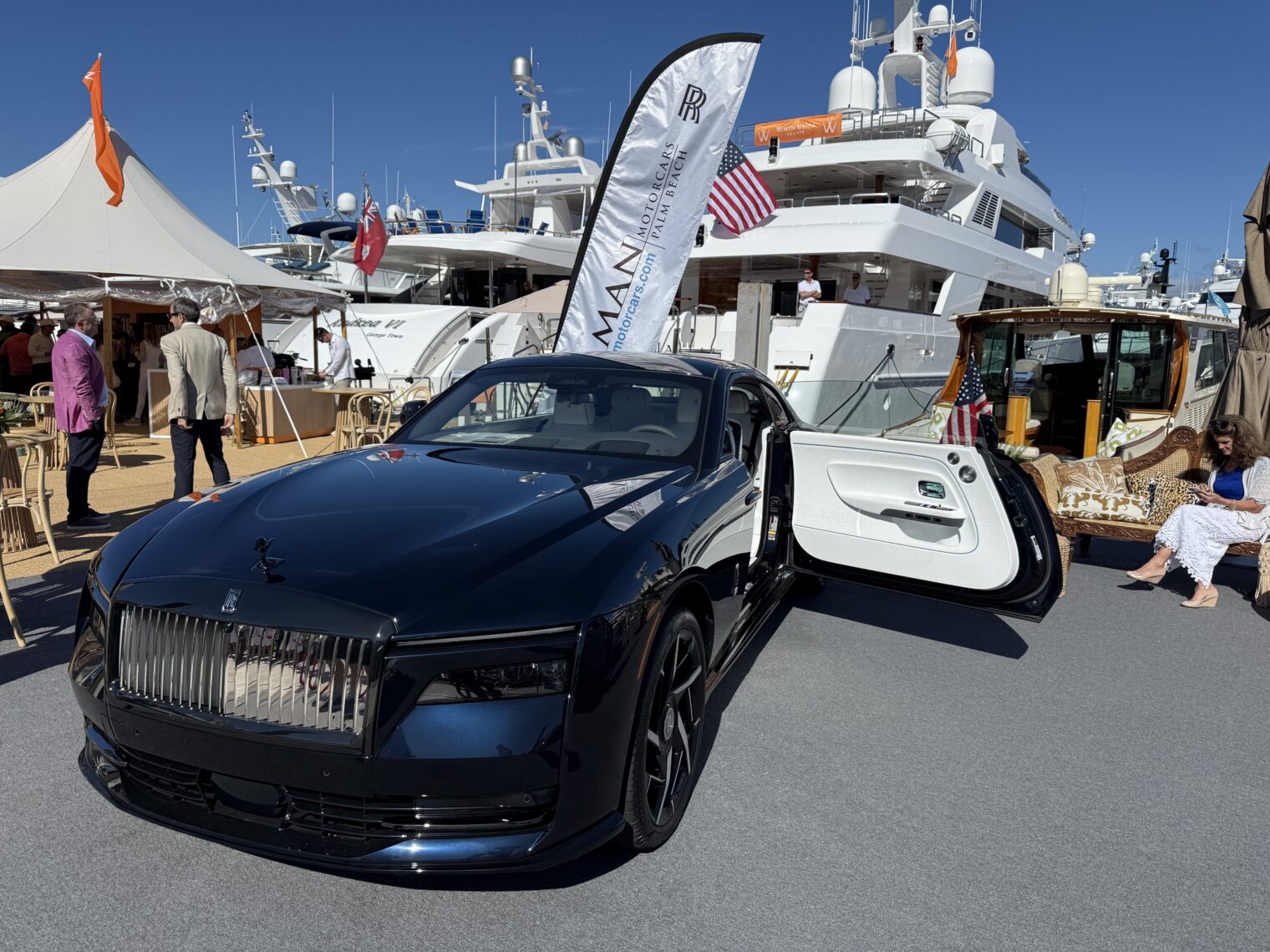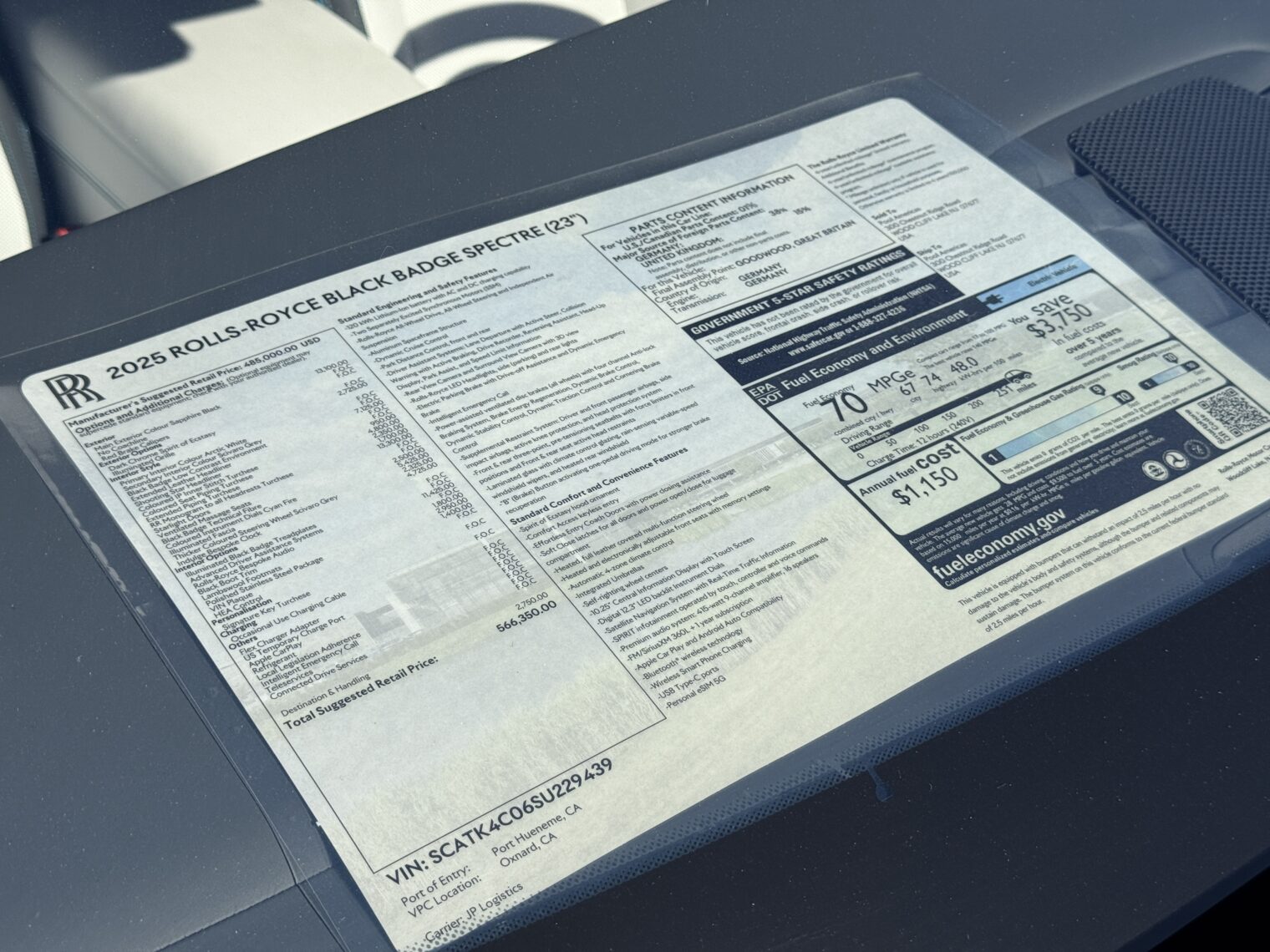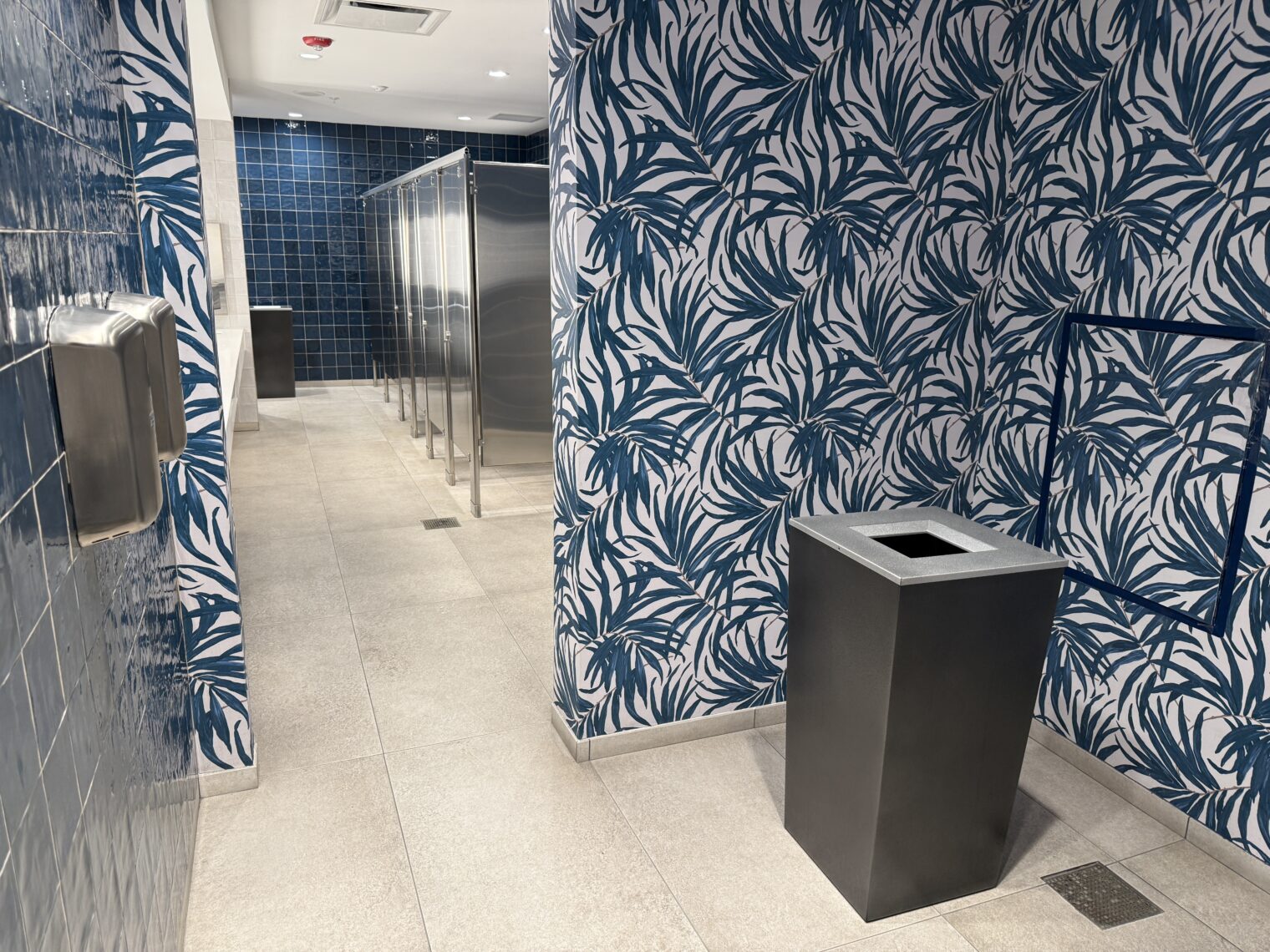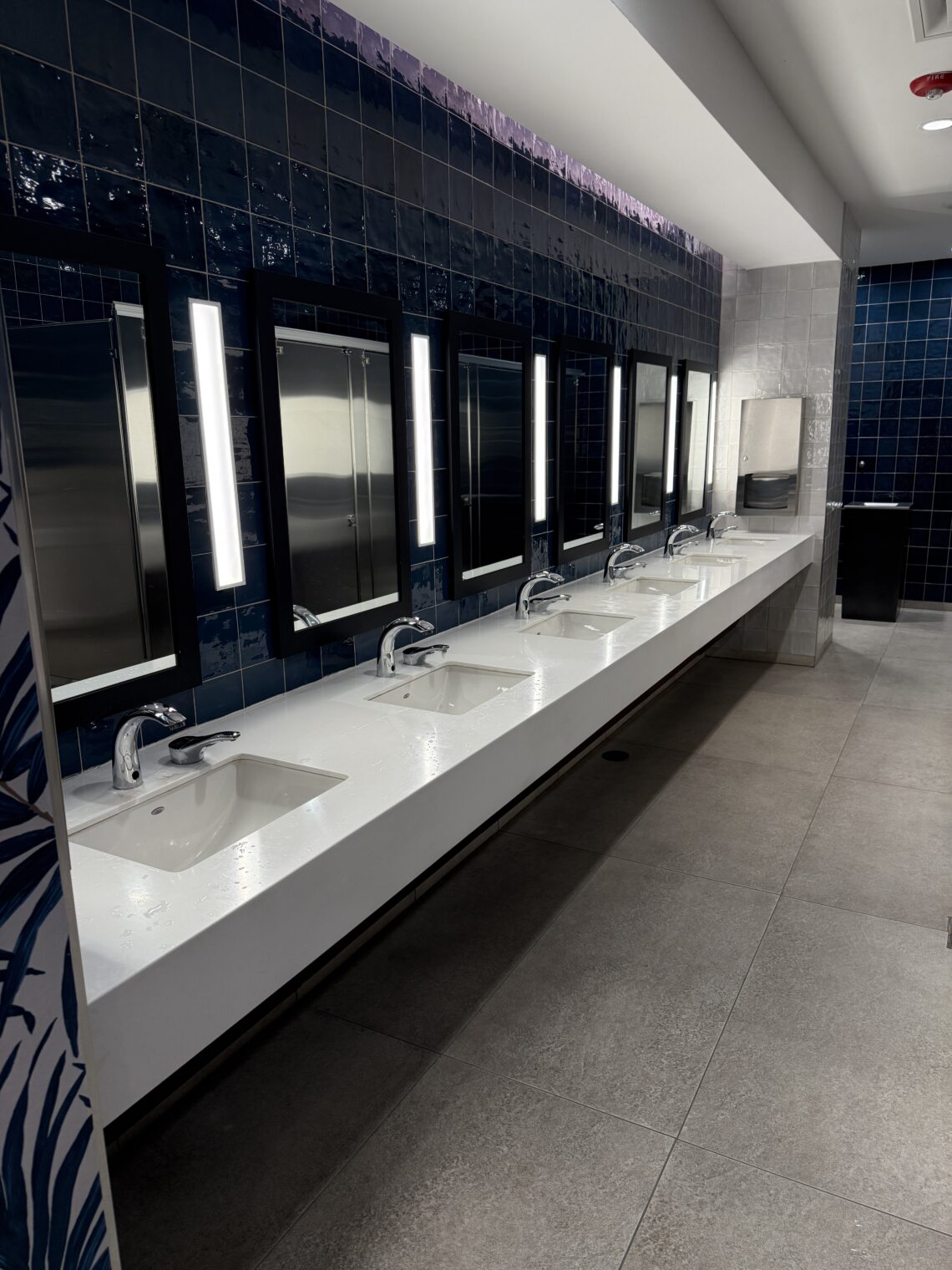Apple in China, the rise of iPod
Second post regarding Apple in China: The Capture of the World’s Greatest Company by Patrick McGee. This one is about Apple’s shift from making computers to making handheld devices. (See Apple in China book, Intro if you missed Post #1 about this book.)
… just a month after the launch of iTunes [January 2001], hardware chief Jon Rubinstein—aka Ruby—and procurement head Jeff Williams were in Japan and stopped by Toshiba. The Japanese supplier showed them a new hard drive, just 1.8 inches in diameter, with a massive 5 gigabytes of capacity. Toshiba didn’t really know what to do with it, but to Ruby, the implications were “obvious” immediately: this thing could hold a thousand MP3s! It was the enabling technology they needed. “Jeff,” Ruby quietly said, “we need to get all of these.” Williams negotiated an exclusive supply agreement as Ruby made sure the $10 million check they drew up wouldn’t bounce.
Rubinstein and Fadell would later dispute who the key figure was behind the hit MP3 player, but the truth is that its brilliance had multiple authors, reflecting how each domain in the pyramid structure (ID, PD, MD, and Ops) worked on their specialty simultaneously. Ruby had found Toshiba’s disk drive and realized its potential. Phil Schiller, of marketing, introduced the idea of the scroll wheel—probably the feature most loved by consumers, as it reacted to the velocity of each turn and enabled them to race through hundreds of songs in a matter of seconds. Fadell was the overall architect. He presented to Jobs a prototype made from foam core and stuffed with old fishing weights to give it some heft. Jony Ive’s team made it unapologetically white, with a polished, chrome-like stainless steel back, a remarkably sharp turn from the childlike colors of the iMac. It was an unusually high-end material for a mass-market product, giving it a feel unlike any other handheld device. It was also durable and could dissipate heat more effectively than plastic.
The MP3 player would remain nameless for months, until four people in branding tossed ideas back and forth with Jobs. Vinnie Chieco, a creative director, recalls how the team would write down every permutation and then sort them into three piles: the worst, the ones that suck, and the not horrible. He’d come up with one: Troubadour, named after French poets who went from town to town playing music. This thing, too, was mobile, could travel and play music. The metaphor worked. The name didn’t. Jobs had his own preferred moniker, which Chieco remembers but won’t share. Like MacMan—what Steve wanted to call the iMac—his idea wasn’t very good, and Chieco is hesitant to share something now that Jobs can’t defend. The other three people in the room told Jobs they loved his name for the device, perhaps trying to avoid his infamous wrath. But when Jobs asked Chieco for his opinion, the creative director said, “Well, I understand your name is novel, but…” Feeling as if he were putting his head in a guillotine, Chieco told Jobs the reasons he didn’t like it. Meanwhile, he kept thinking in metaphors. He was struck by the all-white design, which looked space-like. Riffing on Jobs’s idea that a Mac computer was the “hub for your digital life,” he considered how in the future, the ultimate hub would be the mother ship. The only way to escape would be in a pod that flies away for temporary adventures, returning to replenish and recharge. He got the idea from 2001: A Space Odyssey, and hey—now it was 2001! It felt serendipitous, like when the Macintosh emerged in the Orwellian year, 1984. He proposed Pod. Jobs didn’t hate it, and over a few meetings it grew on him until it became the obvious name. It just needed one tweak, one letter, and then it was perfect: iPod.
Why did Apple make a phone? It was obvious to everyone that consumers wouldn’t want an iPod once reasonably capable smartphones were ubiquitous. Profits from Apple computers were insignificant compared to profits from the mass market iPod.
Around mid-2005, another project began to gain traction internally. The interfaces team had been toying with multi-touch technology for roughly two years, aided by a start-up Apple had purchased called FingerWorks. Senior engineers from Project Purple knew about it, but the original concept was about rethinking the Mac’s interface. When Steve Jobs first showed Fadell the technology, asking if it might work for a phone, it was far from obvious that the enormous contraption Jobs pointed to was the future of something that would sit on your desk, let alone be shoved in your pocket. “It filled the room,” Fadell recalled. “There was a projector mounted on the ceiling, and it would project the Mac screen onto this surface that was maybe three or four feet square. Then you could touch the Mac screen and move things around and draw on it.”
Meanwhile, the fear that the iPod business would be cannibalized by the phone giants continued to fuel anxiety and innovation. “It was an existential crisis,” a senior engineer says. “[We were saying], ‘You realize what’s gonna happen here is this business we built on iPods is going to go away. We need to build a phone.’ ” Jobs eventually canceled the other phone ideas and declared multi-touch the future. He was adamant there’d be no keyboard, so the phone would be as full screen as possible. Apple’s engineers suddenly had to find suppliers that could build multi-touch displays at scale—something that didn’t exist at the time. There was no way Apple could send the specs to some factory and wait for the parts to be built; instead, it sent teams of engineers to Japan, Korea, Taiwan, and China to find hungry vendors it could work with to co-create the processes. “There were a few truly groundbreaking mass production processes we were involved with, where we really had to go around to find the best people in the entire world—the peak of what humans have developed for some of these technologies,” says a product manager. By early 2006, they had a full-screen prototype enclosed in brushed aluminum. Jobs and Ive “were exceedingly proud of it,” journalist Fred Vogelstein would later recount. “But because neither of them was an expert in the physics of radio waves, they didn’t realize they’d created a beautiful brick. Radio waves don’t travel through metal well.”
(I don’t understand how “cannibalized by the phone giants” made it through the purported editing process of this book. In business, cannibalized refers to a reduction of sales of Product A after the company that makes Product A introduces Product B. In the context of Apple, the iPhone might cannibalize sales from the iPod or a notebook-format Macintosh might cut into sales of desktop Macs rather than take sales away from IBM PCs.)
The iPhone required a lot of new manufacturing techniques, mostly developed by vendors in China and Taiwan, often with significant help from Apple engineers who’d fly over from California.
Another important supplier was TPK, which placed a special coating on the Corning glass, enabling the user’s fingers to transmit electrical signals. The Taiwanese start-up had been founded just a few years earlier by Michael Chiang, an entrepreneur who in the PC era had reportedly made $30 million sourcing monitors and then lost it all on one strategic mistake. In 1997 he began working with resistive touch panels used by point-of-sale registers. When Palm was shipping PDAs that worked with a stylus, Chiang worked on improving the technology to enable finger-based touchscreens, even showing the technology to Nokia. But nobody was interested until 2004, when a glass supplier introduced TPK to Apple. An iPhone engineer calls Chiang “a classic Taiwanese cowboy [who] committed to moving heaven and earth” by turning fields into factories that could build touchscreens. The factory was in Xiamen, a coastal city directly across from Taiwan. “The first iPhones 100 percent would not have shipped without that vendor,” this person says. He recalls Chiang responding to Apple by saying, “ ‘We can totally do that!’—even though [what we were asking was something] nobody in the world had ever done before.” Among the techniques Apple codeveloped with suppliers was a way to pattern, or etch, two sides of a piece of glass to do the touch sensor, at a time when film lithography processes were being done on only one side. Another pioneering technique is called rigid-to-rigid lamination, a process for bonding two materials using heat and pressure, which Apple applied to tape a stack of LCD displays to touch sensors and cover elements to create one material. The process was performed in a clean-room environment with custom robotics.
Instead of selecting components off the shelf, Apple was designing custom parts, crafting the manufacturing behind them, and orchestrating their assembly into enormously complex systems at such scale and flexibility that it could respond to fluctuating customer demand with precision. Just half a decade earlier, these sorts of feats were not possible in China. The main thing that had changed, remarkably, was Apple’s presence itself. So many of its engineers were going into the factories to train workers that the suppliers were developing new forms of practical know-how. “All the tech competence China has now is not the product of Chinese tech leadership drawing in Apple,” O’Marah says. “It’s the product of Apple going in there and building the tech competence.”
We might owe most of our current toys to Apple’s 2010 agreement with TSMC, motivated by a desire to reduce its dependence on Samsung:
Full post, including commentsIn 2010, Apple operations chief Jeff Williams reached out to Morris Chang through his wife, Sophie Chang, a relative of Terry Gou. Dinner between them launched months of “intense” negotiations, according to Chang, as Williams pressed TSMC on prices and convinced the Taiwanese group to make a major investment. “The risk was very substantial,” Williams recalled at a gathering for TSMC’s thirtieth anniversary in 2017. “If we were to bet heavily on TSMC, there would be no backup plan. You cannot double-plan the kind of volumes that we do. We want leading-edge technology, but we want it at established technology… volumes.” Williams’s narrative leaves out some of the most interesting facts about the early partnership. One is that Chang wouldn’t commit to Apple’s demands. In a 2025 interview with the podcast Acquired, Chang said that TSMC would’ve had to raise substantial amounts of money, either by selling bonds or issuing more stock. Williams had another idea: “You can eliminate your dividend.” Morris balked at the aggressive suggestion. “If we do what Jeff Williams says, our stock to going to drop like hell,” he recounted. Chang agreed to take only half of Apple’s order. Even this partial commitment forced TSMC to borrow $7 billion, so it could invest $9 billion and devote 6,000 full-time employees working round the clock to bring up a new chips fab in eleven months, according to Williams. “In the end, the execution was flawless,” he said. The partial commitment forced Apple to toggle between Samsung and TSMC, which some in Cupertino saw as a plus—it meant that Apple wasn’t beholden to just one supplier for what serves as the brain within the iPhone. But Srouji’s team found it nightmarish to manage both suppliers. So Apple turned to TSMC on an exclusive basis, establishing over-the-top contract terms to protect itself. A person familiar with the contract characterized it as saying: “We need to make sure that you’re gonna go out of business—if you’re gonna put us at risk of going out of business.” It was a “mutually assured destruction” type of situation, this person says, because if TSMC didn’t perform in any given year, there’d be no iPhone. So the Apple decision was made: “We are going to put all of our eggs in one basket, and then we’re gonna guard the basket.” TSMC’s bet would prove critical for making it the world leader in semiconductor fabrication, with Apple as its
